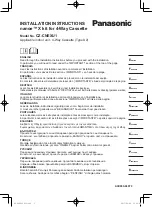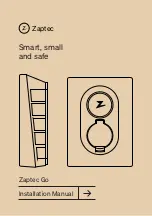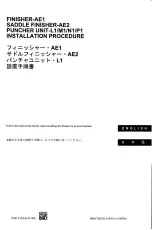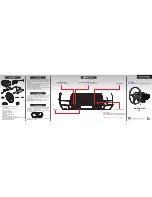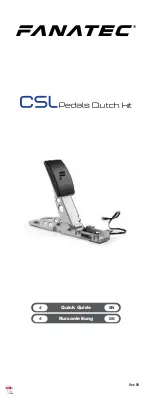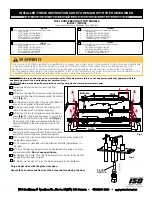
ISO-OXY-2/OXELP
World Precision Instruments
11
the sleeve as it fills. The filling process should be performed slowly enough so as
not to create turbulence, which could introduce air bubbles into the electrolyte.
The MicroFil (#
MF28G67
)included in the startup kit is less than the length of the
sleeve, so that it will not puncture the delicate membrane at the tip of the sleeve
during injection.
TIP
: If air bubbles form in the electrolyte, gently flick or tap the side of the sleeve
to remove the bubbles.
8. Slowly and smoothly insert the
electrode into the sleeve, and
screw the locking cap into the
handle. The electrode should
be observed to press gently
against the membrane (
Fig.
6
).
9. The current displayed on the
meter at this time will be high
or offscale.
10. Suspend the tip of the newly
assembled probe in 0.1M PBS buffer solution.
11. After 10-15 minutes the current should no longer be offscale and will gradually
decrease with time. It may take up to one hour for the sensor current to reach a
low stable value, at which time it will be ready for use.
TIP
: The integrity of the new membrane can be determined by immersing the
probe tip into a strong saline solution (1M). If the current increases dramatically
or is offscale then the membrane integrity is not good and a new membrane will
have to be fitted. Additional membranes (packages of 4) with filling solution are
available from WPI (#
5378
).
The internal electrode tip
should protrude slightly
out into the membrane.
Fig. 6—Membrane placement. The internal
electrode tip should protrude slightly out into
the membrane.
Содержание ISO-COP-2
Страница 4: ...ii World Precision Instruments ...





















